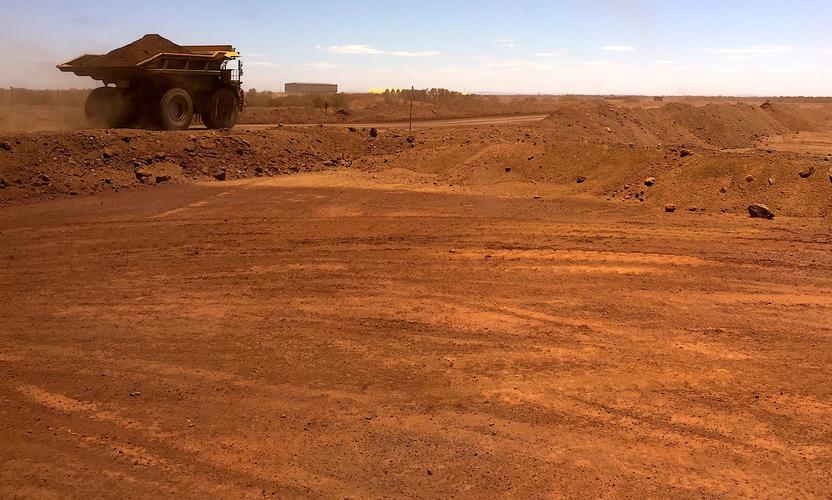For starters, triple digit iron ore prices are temporary, in my opinion. Chinese steel demand is likely to slow if leading indicators such as land sales are to be trusted. However, supply dynamics provide even more clarity. While there is close to 100 million tonnes of iron ore supply currently curtailed, the market should (on a probability weighted basis) make up almost all of this by the end of the year. But this doesn’t seem to have registered with the market, judging by the prevailing sense of panic.
Source: Dalian Commodity Exchange, Bloomberg, Fidelity International, July 2019
In fact, shipments out of Australia and even Brazil rebounded strongly in May and June. Meanwhile, recent project approvals and Vale’s own recovery, which is already under way, will lead to more tonnes being added in 2020/2021, ensuring ample supply and prices closer to the cost curve. This analysis advocates a cautious stance towards the momentum trade in the iron ore stocks.
The capex challenge
Rio and BHP have been steadfast in their commitment to capital discipline in recent years. However, the corollary of this is that they have underspent on capital expenditures in the downcycle. Both iron ore majors have expressed aspirations to grow volumes by 2 per cent a year over the long run; but are they investing enough to achieve this?
By dissecting three specific factors of capex - namely, maintaining assets, sustaining production and growing production – I have found that in normalised steady state, Rio and BHP need to spend more than they do currently if they’re to reach their long-term targets. For example, the production challenges Rio are facing in their iron ore business are potentially indicative of underinvestment which will need to be addressed. However, the market is not prepared for capex uplifts from the majors, with the sell side actually modelling capex below company guidance.
What does the US-China trade war mean for bulk commodities?
While the trade war is undeniably negative for consumption commodities and base metals, which rely on trade and global economic growth, the impact on bulk commodities is much more ambiguous. If China stimulates its economy sectors to compensate for injury to its export/consumer and new economy sectors, bulk commodities should benefit, given their strong link to construction activity.
But it might not be that simple. A more nuanced view allows for potential contagion from trade-war induced weakness. For instance, the banking sector relies heavily on the surpluses generated by the four major coastal provinces which do well in international trade. What if a shock to these provinces undermines the system’s stability and interrupts the flow of financing that the interior provinces rely on to fund their construction projects?
Furthermore, home prices and sales are ultimately driven by buyer confidence, which could be shaken if the trade war meaningfully weighs on the economy. As it is, animal spirits in the Chinese property market seem to be abating, if secondary prices and the land market are an indication.
Finally, if China devalues the renminbi in response to trade war-driven economic weakness, it would have a deflationary effect on commodities, which are priced in dollars, but demanded in RMB (and produced in large quantities in China).
Implications for investors
In combination, sequential loosening on the iron ore supply side, the risk that capex will trend upwards and the potentially negative reverberations from the trade war paint a poor risk/reward profile for major iron ore miners, at a time when valuations are at historical highs.
However, there will always be exciting opportunities to invest in mining, even amid cyclical and idiosyncratic challenges. The sector is core to longer-term structural trends in areas like recycling, carbon, electric vehicles and renewables. Furthermore, commodity price volatility sometimes results in great assets and projects that generate attractive returns through the economic cycle going on sale, which benefits contrarian investors.
Another source of opportunity is where commodities will see their market balance tighten, leading to strong returns for pure play producers. Lastly, regardless of the prevailing macro environment, companies can still influence their own destiny through portfolio and capital allocation improvements, supporting shareholder returns.







































